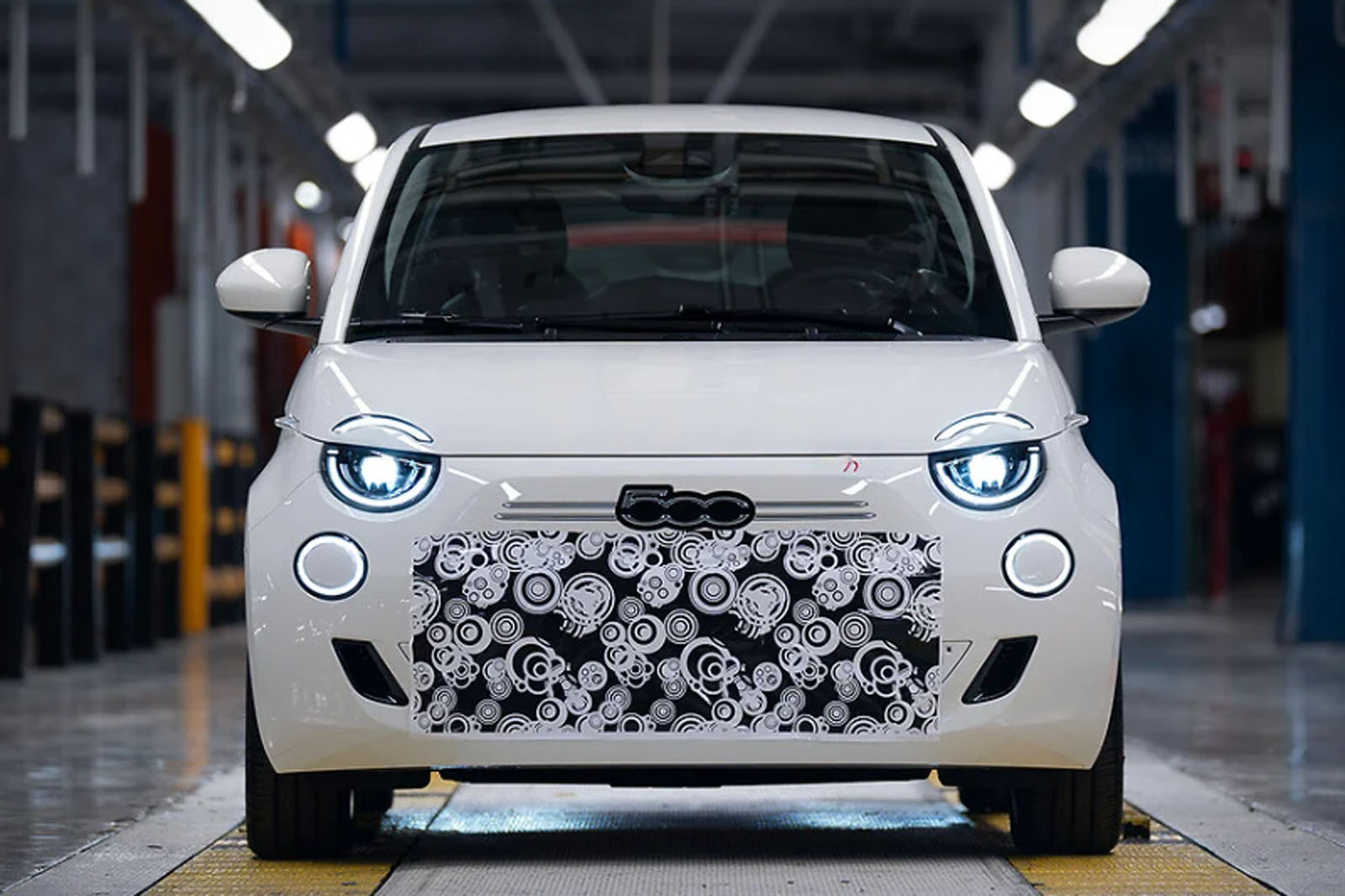The Rotary Correction: Notorious Mazda RX-8 now a sensible bargain
Reliability issues aside, the RX-8 is a wondrous car – worth a punt before prices rocket It was one of the most exciting and intriguing cars to be launched into the new century. Here was a decidedly stylish, highly distinctive coupe with the novelty (for most buyers at least) of a smooth-spinning rotary engine, four seats and a quartet of doors that opened like clamshells to reveal an unexpectedly spacious interior. There was nothing else quite like it. And now you can buy one for the price of a cheap weekend away. Not that this sum will necessarily enable you to take that weekend aboard the car in question, because for this money, there’s a fair chance that it won’t start. That could be because it’s engine is flooded with fuel, an apparently trivial happening requiring know-how to overcome, or it could be coil packs unable to deliver a spark fat enough for ignition, or something really serious. Serious enough that an expert mechanic will need to burrow into the heart of this Mazda’s rotary engine, and rebuild it using a wallet welting collection of replacement hardware. Which is why it’s quite easy to find non-running Mazda RX-8s for no more than a few hundred pounds. They will likely be bodily intact, relatively tidy inside and probably have run for well under 100,000 miles. There’s a fair chance that the large, lobe-indented plastic engine moulding will have been removed to the boot, a sure sign of resignation, frustration or despair at the engine ever revving again. There are surprising numbers of dormant RX-8s too, not so much because engine trouble is inevitable, but because Mazda sold impressively large quantities of them during the early 2000s. It’s not hard to see the temptation even now. Not that the RX-8 was without appealing competition. The early 2000s were a golden moment for mid-market coupes, the market lit up by first by the hugely desirable Audi TT in 1999, followed four years later by both this Mazda and the equally wonderful Nissan 350Z. Demand for the Audi was far from sated at this point, but Mazda was able to undercut the Nissan by an arresting £4000, the new RX-8’s prices matching the less versatile and technically duller TT. Couple this to the fact that it had four doors and four seats, allowing it to creep onto many company car user-chooser lists despite its sometimes chilling fuel consumption, and Mazda had a hit on its hands. It also had a car to complement the already legendary MX-5. The RX-8 was bigger, but the extra heft of its slinky bodyshell was partly offset by the low weight of the dinky little 1.3 litre rotary, which also lived well aft of the radiator, to the considerable benefit of the chassis balance. It was agile, stayed tidy when pressed and could drift, its predilection for dangling an angle part-limited by the rotary’s limited grunt. Revving it, to as much as 9000rpm, and using the gears was the keen driver’s satisfying counter-measure to this shortfall. You could choose from two power outputs, the lower of the two actually offering more torque with its 189bhp, the peakier 228bhp version compensating with a six-speed transmission. Differences like these will be mere details when the issue of whether the car will start and the scale of the bank debit necessary to keep it running is in question, but there’s plenty of help at hand. There are surprising (or possibly not) numbers of RX-8 specialists across the land, and while an extensive rotary rebuild can come to a substantial percentage of the value of the running car, well, what a car. At the moment you can get yourself a non-runner for less than £1000 from the usual channels, less if you venture onto a salvage site. But this isn’t going to last, because the attrition rate is now quite high. Jump in now, I reckon, before it becomes a (much pricier) classic. This column first appeared as an email to subscribers.
It was one of the most exciting and intriguing cars to be launched into the new century.
Here was a decidedly stylish, highly distinctive coupe with the novelty (for most buyers at least) of a smooth-spinning rotary engine, four seats and a quartet of doors that opened like clamshells to reveal an unexpectedly spacious interior. There was nothing else quite like it.
And now you can buy one for the price of a cheap weekend away. Not that this sum will necessarily enable you to take that weekend aboard the car in question, because for this money, there’s a fair chance that it won’t start. That could be because it’s engine is flooded with fuel, an apparently trivial happening requiring know-how to overcome, or it could be coil packs unable to deliver a spark fat enough for ignition, or something really serious. Serious enough that an expert mechanic will need to burrow into the heart of this Mazda’s rotary engine, and rebuild it using a wallet welting collection of replacement hardware.
Which is why it’s quite easy to find non-running Mazda RX-8s for no more than a few hundred pounds. They will likely be bodily intact, relatively tidy inside and probably have run for well under 100,000 miles. There’s a fair chance that the large, lobe-indented plastic engine moulding will have been removed to the boot, a sure sign of resignation, frustration or despair at the engine ever revving again. There are surprising numbers of dormant RX-8s too, not so much because engine trouble is inevitable, but because Mazda sold impressively large quantities of them during the early 2000s. It’s not hard to see the temptation even now.
Not that the RX-8 was without appealing competition. The early 2000s were a golden moment for mid-market coupes, the market lit up by first by the hugely desirable Audi TT in 1999, followed four years later by both this Mazda and the equally wonderful Nissan 350Z. Demand for the Audi was far from sated at this point, but Mazda was able to undercut the Nissan by an arresting £4000, the new RX-8’s prices matching the less versatile and technically duller TT. Couple this to the fact that it had four doors and four seats, allowing it to creep onto many company car user-chooser lists despite its sometimes chilling fuel consumption, and Mazda had a hit on its hands.
![]()
It also had a car to complement the already legendary MX-5. The RX-8 was bigger, but the extra heft of its slinky bodyshell was partly offset by the low weight of the dinky little 1.3 litre rotary, which also lived well aft of the radiator, to the considerable benefit of the chassis balance. It was agile, stayed tidy when pressed and could drift, its predilection for dangling an angle part-limited by the rotary’s limited grunt. Revving it, to as much as 9000rpm, and using the gears was the keen driver’s satisfying counter-measure to this shortfall.
You could choose from two power outputs, the lower of the two actually offering more torque with its 189bhp, the peakier 228bhp version compensating with a six-speed transmission. Differences like these will be mere details when the issue of whether the car will start and the scale of the bank debit necessary to keep it running is in question, but there’s plenty of help at hand. There are surprising (or possibly not) numbers of RX-8 specialists across the land, and while an extensive rotary rebuild can come to a substantial percentage of the value of the running car, well, what a car.
At the moment you can get yourself a non-runner for less than £1000 from the usual channels, less if you venture onto a salvage site. But this isn’t going to last, because the attrition rate is now quite high. Jump in now, I reckon, before it becomes a (much pricier) classic.
This column first appeared as an email to subscribers.























































































































































